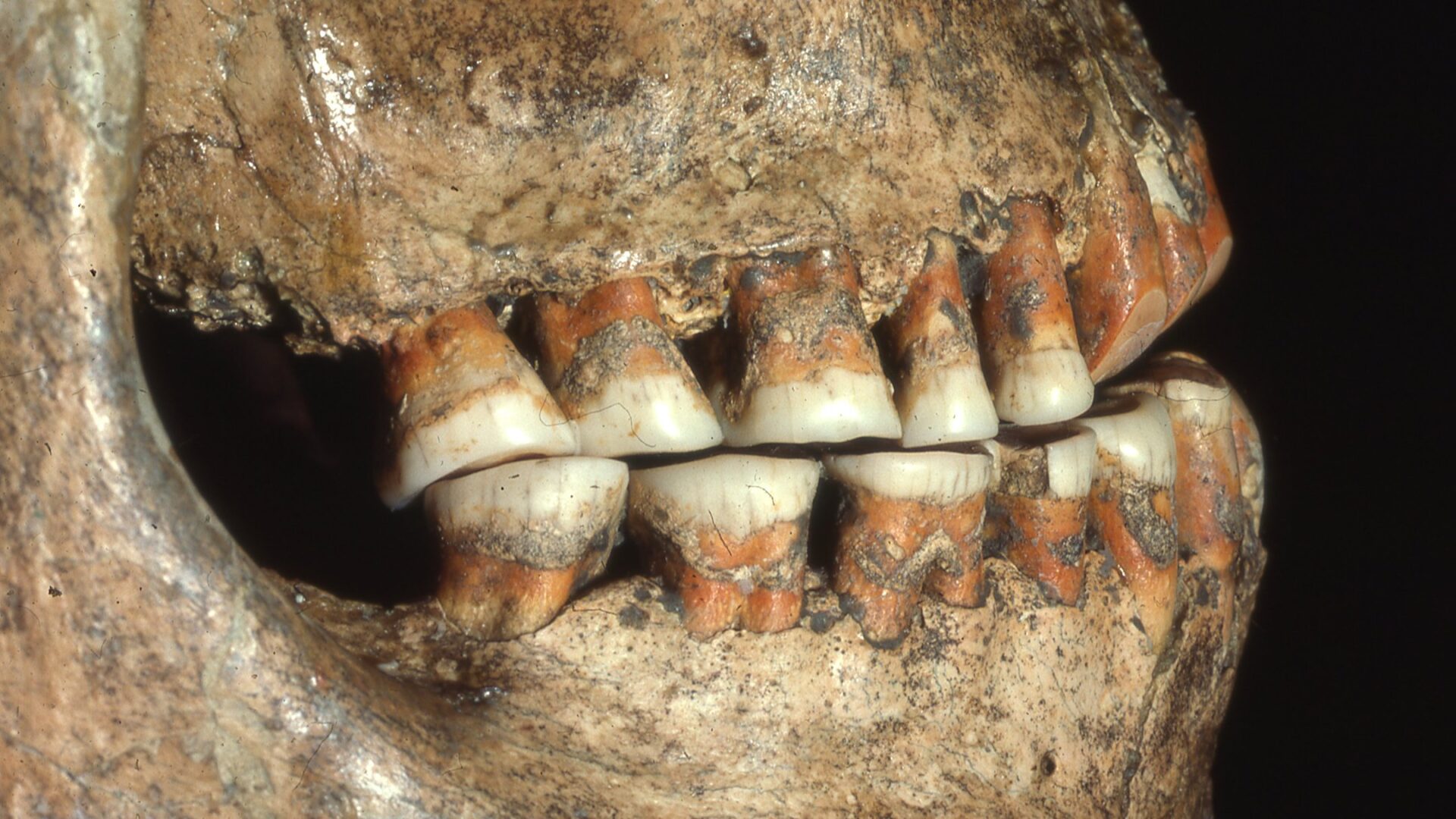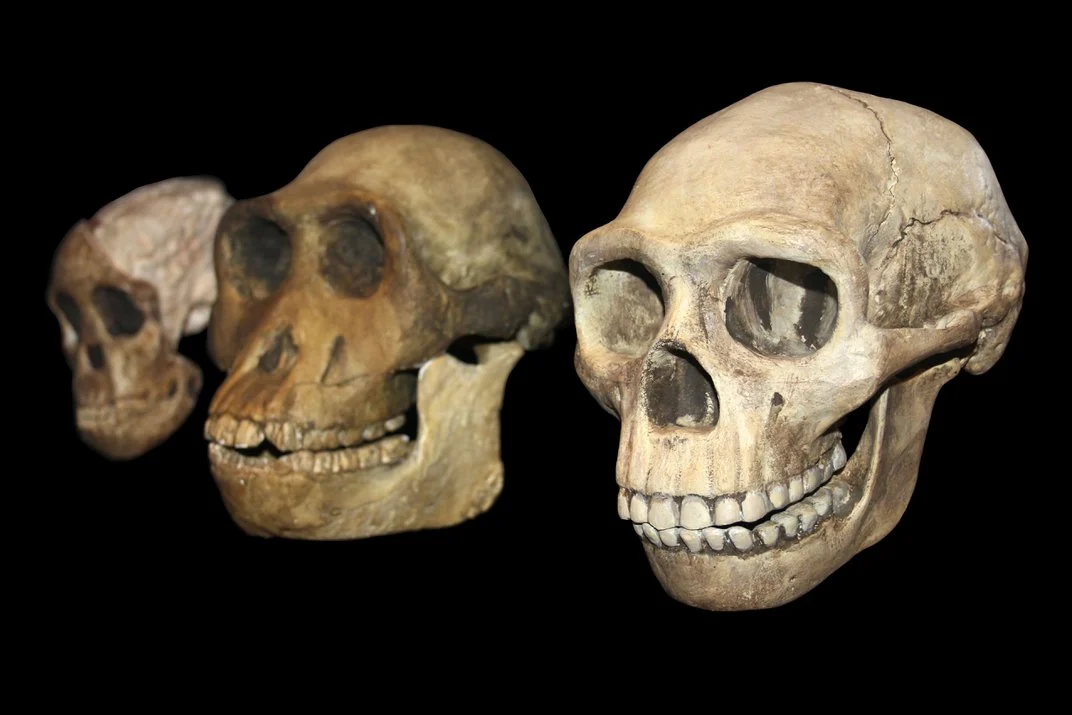
Genetics Play A Significant Role
Genetic influences played a significant role in early humans’ dental alignment. Research suggests that genetic traits related to tooth size, jaw structure, and tooth eruption patterns were likely passed down through generations. Natural selection may have favored individuals with better-aligned teeth, leading to a gradual improvement in dental characteristics over time.
The natural shape and growth of the jaw played a crucial role in maintaining dental alignment. Early humans had broader jaws with ample space for their teeth, allowing them to align properly. The robust chewing habits and a diet rich in fibrous foods likely contributed to strong jaw muscles and the development of well-formed dental arches.
The diet of early humans primarily consisted of unprocessed, fibrous foods such as roots, tubers, nuts, and raw meat. The act of chewing tough foods required extensive use of the jaw muscles, promoting proper jaw development and tooth alignment. Additionally, the absence of soft processed foods reduced the likelihood of dental crowding or misalignment caused by dietary factors.

Early Humans Didn’t Eat Processed Foods
Breastfeeding played a crucial role in early humans’ dental development. The natural sucking action required for breastfeeding provided proper oral muscle exercise, leading to the development of well-aligned teeth and a broad dental arch. Moreover, early humans likely avoided prolonged pacifier use and thumb-sucking, which can disrupt dental alignment in modern children.
Early humans had relatively low rates of dental decay compared to present-day populations. This can be attributed to their natural, unprocessed diet, which lacked refined sugars and processed carbohydrates that contribute to tooth decay. The absence of dental caries and related dental interventions allowed teeth to grow and align naturally.
Unlike contemporary humans, early humans did not face modern challenges such as orthodontic issues caused by dietary changes, pacifier use, or poor oral habits. They lacked the dental issues associated with the consumption of soft, processed foods and the advent of modern practices that can affect dental alignment. Their teeth remained largely unaffected by external factors, allowing them to maintain their natural alignment.
The remarkable dental alignment observed in early humans can be attributed to a combination of genetic factors, jaw development, diet and nutrition, breastfeeding practices, limited dental decay, and the absence of modern influences. These factors, combined with the natural evolutionary processes of natural selection and adaptation, contributed to the straight teeth observed in our ancestors. Studying early humans’ dental health provides valuable insights into our evolutionary history and highlights the potential impact of lifestyle and diet on dental alignment.

Lack Of Modern Influence Helped








